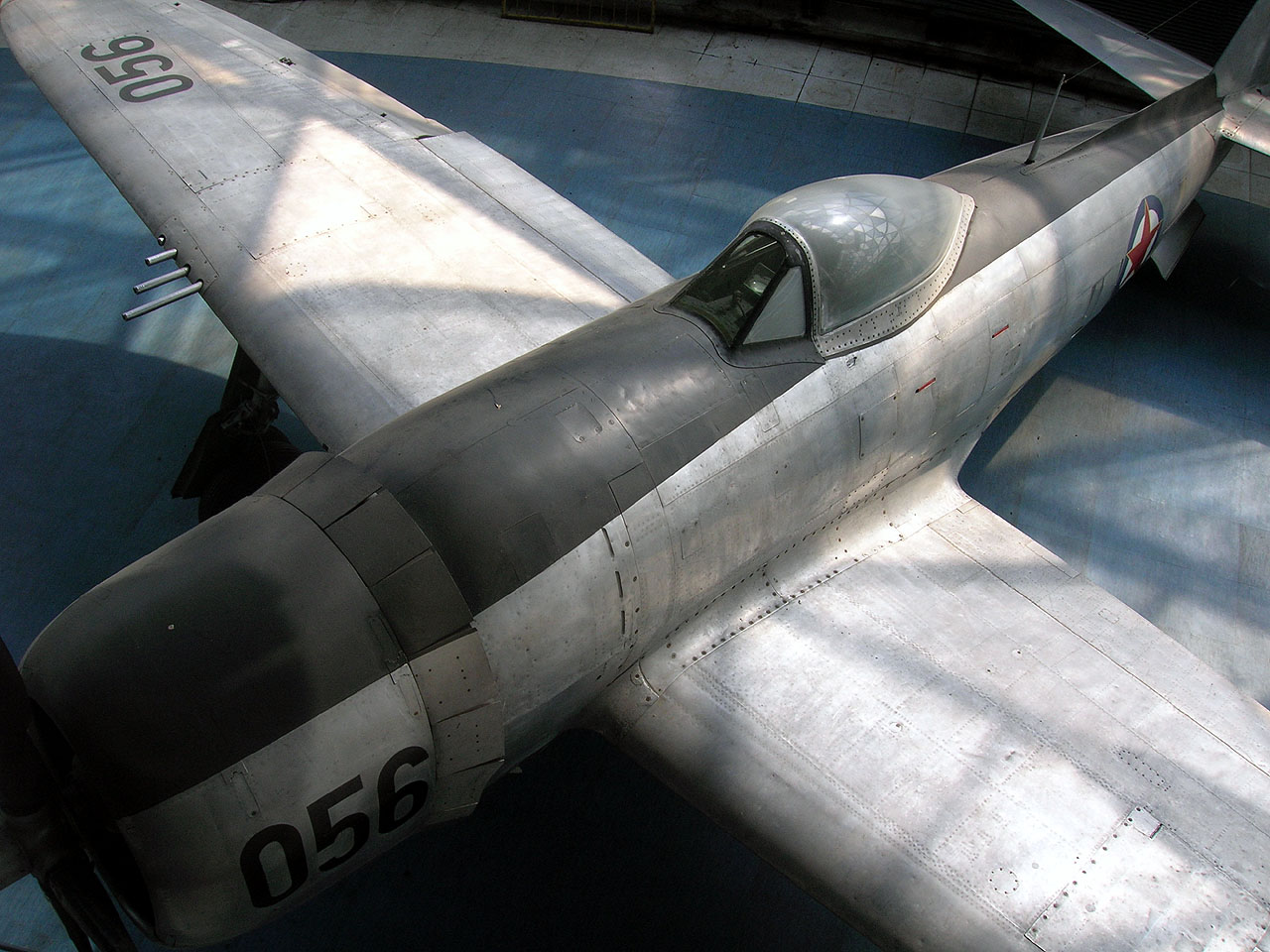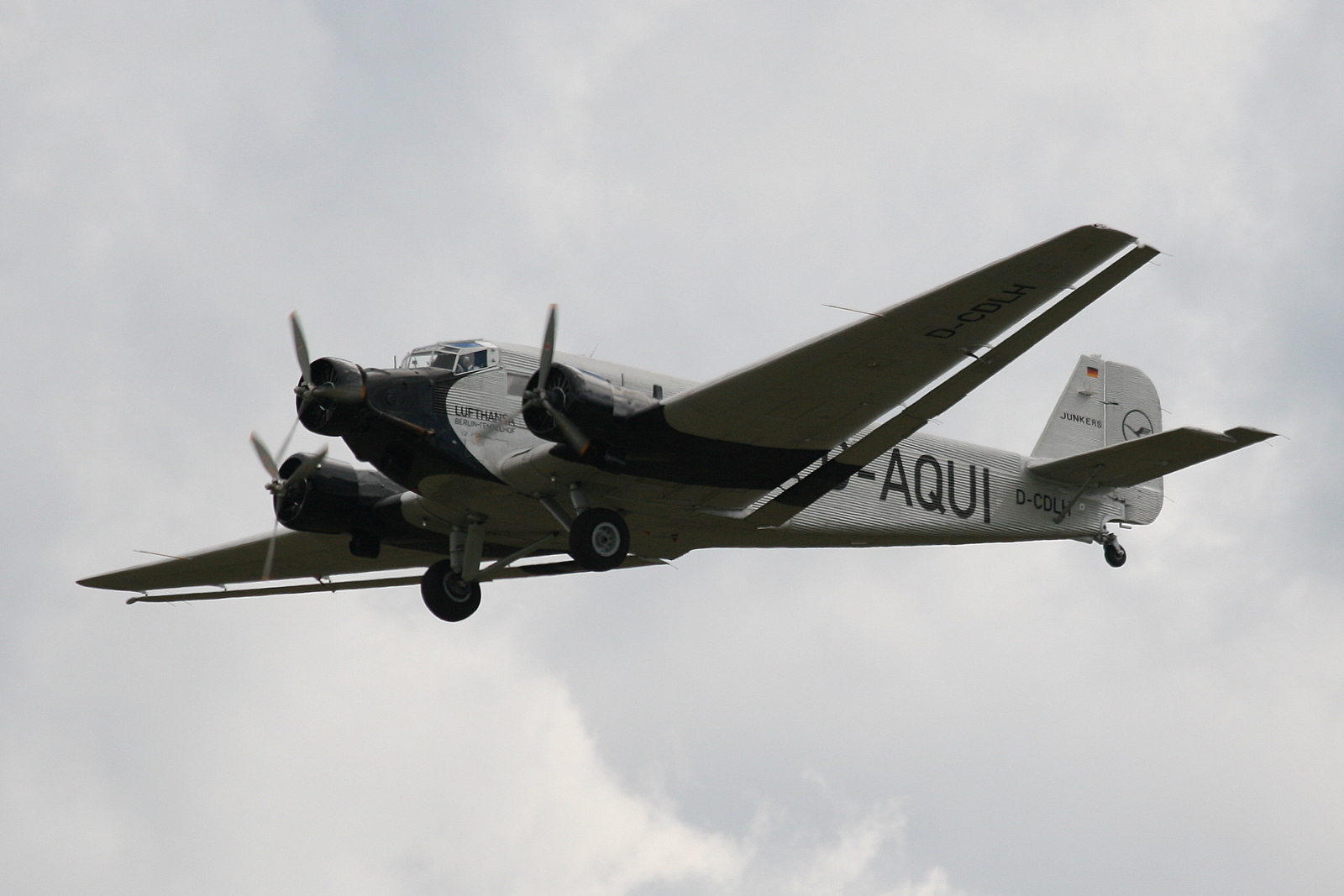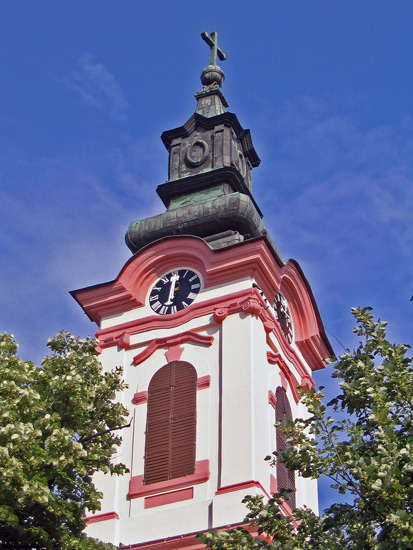|
81st Support Aviation Regiment
The 81st Support Aviation Regiment (''Serbo-Croatian language, Serbo-Croatian: 81. puk pomoćne avijacije / 83. пук помоћне авијације'') was an aviation regiment established in 1944 as 2nd Yugoslav Assault Regiment (''Serbo-Croatian language, Serbo-Croatian: 2. jugoslovenski vazduhoplovni jurišni puk / 2. југословенски ваздухопловни јуришни пук'', Russian language, Russian: 2-й Югославский штурмовой авиационный полк) formed from Yugoslav partisan aviators on training in Soviet Union. History 2nd Yugoslav Assault Regiment The 2nd Yugoslav Assault Regiment was formed on 15 October 1944 in Grozni, USSR, from Yugoslav partisan aviators sent on training by October 1944. It consisted from three squadrons equipped with new Il-2 ground-attack aircraft. It had 233 personal, which from eight were staff officers, 37 pilots, 43 mechanics, and others. By the end of training and arming with Ilyushins regi ... [...More Info...] [...Related Items...] OR: [Wikipedia] [Google] [Baidu] |
Soviet Air Force
The Soviet Air Forces ( rus, Военно-воздушные силы, r=Voyenno-vozdushnyye sily, VVS; literally "Military Air Forces") were one of the air forces of the Soviet Union. The other was the Soviet Air Defence Forces. The Air Forces were formed from components of the Imperial Russian Air Service in 1917, and faced their greatest test during World War II. The groups were also involved in the Korean War, and dissolved along with the Soviet Union itself in 1991–92. Former Soviet Air Forces' assets were subsequently divided into several air forces of former Soviet republics, including the new Russian Air Force. "March of the Pilots" was its song. Origins The ''All-Russia Collegium for Direction of the Air Forces of the Old Army'' (translation is uncertain) was formed on 20 December 1917. This was a Bolshevik aerial headquarters initially led by Konstantin Akashev. Along with a general postwar military reorganisation, the collegium was reconstituted as the "Workers' an ... [...More Info...] [...Related Items...] OR: [Wikipedia] [Google] [Baidu] |
Regiments Of Yugoslav Air Force
A regiment is a military unit. Its role and size varies markedly, depending on the country, service and/or a specialisation. In Medieval Europe, the term "regiment" denoted any large body of front-line soldiers, recruited or conscripted in one geographical area, by a leader who was often also the feudal lord ''in capite'' of the soldiers. Lesser barons of knightly rank could be expected to muster or hire a company or battalion from their manorial estate. By the end of the 17th century, infantry regiments in most European armies were permanent units, with approximately 800 men and commanded by a colonel. Definitions During the modern era, the word "regiment" – much like "corps" – may have two somewhat divergent meanings, which refer to two distinct roles: # a front-line military formation; or # an administrative or ceremonial unit. In many armies, the first role has been assumed by independent battalions, battlegroups, task forces, brigades and other, similarly ... [...More Info...] [...Related Items...] OR: [Wikipedia] [Google] [Baidu] |
Ikarus Kurir
The Ikarus Kurir ( en, Courier) is a single-engined high-wing monoplane designed in Yugoslavia for army liaison and air ambulance work from small airfields. Built in large numbers, it served with the Yugoslav Air Force (JRV) until 1972, when it entered civilian use. Design and development The Kurir was built in a new factory at the old Ikarus site in Zemun, Belgrade, though like all Yugoslav aircraft of the period it was a product of the centralised national design centre. It is sometimes referred to as the Cijan Kurir after one of its designers. The Kurir has the high wing and tall undercarriage typical of single-engined STOL aircraft and is similar in appearance to the Fieseler Storch. Unlike the Storch, the Kurir has an all-metal, cantilever wing. There are short ailerons outboard, with the rest of the trailing edge filled with electrically operated Fowler flaps. Leading edge slots are fitted ahead of the ailerons. The combination of flaps and slots enables the Kurir ... [...More Info...] [...Related Items...] OR: [Wikipedia] [Google] [Baidu] |
Junkers Ju 52
The Junkers Ju 52/3m (nicknamed ''Tante Ju'' ("Aunt Ju") and ''Iron Annie'') is a transport aircraft that was designed and manufactured by German aviation company Junkers. Development of the Ju 52 commenced during 1930, headed by German Aerospace engineering, aeronautical engineer Ernst Zindel. The aircraft's design incorporated a wikt:corrugated, corrugated duralumin metal skin as a strengthening measure, which was very unusual at the time. The Ju 52's maiden flight was performed on 13 October 1930. It was initially designed with a single engine, however, it was produced in quantity as a trimotor. The primary early production model, the ''Ju 52/3m'', was principally operated as a 17-seat airliner or utility transport aircraft by various civil operators during the 1930s. Following the rise of Nazi Germany, thousands of Ju 52s were procured as a staple military transport of the nation. The ''Ju 52/3mg7e'' was the principal production model. The Ju 52 was in production between 1 ... [...More Info...] [...Related Items...] OR: [Wikipedia] [Google] [Baidu] |
Ilyushin Il-2
The Ilyushin Il-2 (Russian: Илью́шин Ил-2) is a ground-attack plane that was produced by the Soviet Union in large numbers during the Second World War. The word ''shturmovík'' (Cyrillic: штурмовик), the generic Russian term for a ground-attack aircraft, became a synecdoche for the Il-2 in English sources, where it is commonly rendered Shturmovik, StormovikStapfer, 1995 and Sturmovik.Rastrenin, 2008 To Il-2 pilots, the aircraft was known by the diminutive "Ilyusha". To the soldiers on the ground, it was called the "Hunchback", the "Flying Tank" or the "Flying Infantryman". Its postwar NATO reporting name was Bark.Gunston 1995, p. 106. During the war, 36,183 units of the Il-2 were produced, and in combination with its successor, the Ilyushin Il-10, a total of 42,330Jane's 1989, p. 529. were built, making it the single most produced military aircraft design in aviation history, as well as one of the most produced piloted aircraft in history along with the A ... [...More Info...] [...Related Items...] OR: [Wikipedia] [Google] [Baidu] |
Niš
Niš (; sr-Cyrl, Ниш, ; names in other languages) is the third largest city in Serbia and the administrative center of the Nišava District. It is located in southern part of Serbia. , the city proper has a population of 183,164, while its administrative area (City of Niš) has a population of 260,237 inhabitants. Several Roman emperors were born in Niš or used it as a residence: Constantine the Great, the first Christian emperor and the founder of Constantinople, Constantius III, Constans, Vetranio, Julian, Valentinian I, Valens; and Justin I. Emperor Claudius Gothicus decisively defeated the Goths at the Battle of Naissus (present-day Niš). Later playing a prominent role in the history of the Byzantine Empire, the city's past would earn it the nickname ''Imperial City.'' After about 400 years of Ottoman rule, the city was liberated in 1878 and became part of the Principality of Serbia, though not without great bloodshed—remnants of which can be found throughou ... [...More Info...] [...Related Items...] OR: [Wikipedia] [Google] [Baidu] |
Sombor
Sombor ( sr-Cyrl, Сомбор, ; hu, Zombor; rue, Зомбор, Zombor) is a List of cities in Serbia, city and the administrative center of the West Bačka District in the autonomous province of Vojvodina, Serbia. The city has a total population of 47,623 (), while its administrative area (including neighboring villages) has 85,903 inhabitants. Name and etymology In Serbian language, Serbian, the city is known as ''Sombor'' (Сомбор), in Hungarian language, Hungarian and German language, German as ''Zombor'', in Croatian language, Croatian and Bunjevac language, Bunjevac as ''Sombor'', in Pannonian Rusyn language, Rusyn as ''Zombor'' (Зомбор), and in Turkish language, Turkish as ''Sonbor''. The older Hungarian name for the city was ''Czoborszentmihály''. The name originates from the Czobor family, who were the owners of this area in the 14th century. (The family name came from the Slavic name ''Cibor''.) The Serbian language, Serbian name for the city ''(Sombor)' ... [...More Info...] [...Related Items...] OR: [Wikipedia] [Google] [Baidu] |
29th Aviation Division
The 29th Aviation Division (''Serbo-Croatian: 29. vazduhoplovna divizija/ 29. ваздухопловна дивизија'') was a unit originally established in 1944 as the 11th Aviation Fighter Division (''Serbo-Croatian: 11. vazduhoplovna lovačka divizija / 11. ваздухопловна ловачка дивизија''). It was formed from Yugoslav partisan aviators, trained and equipped by the Soviet Air Force. History 11th Aviation Fighter Division The 11th Aviation Fighter Division was established on December 29, 1944, in Novi Sad, from Yugoslav partisan aviators with the Soviet Air Force 17th Air Army's 236th Fighter Aviation Division (236.IAD). It has become independent form Soviet command and personal since May 1945. Division was part of Group of Aviation Divisions, and it consisted from three fighter regiments. Its regiments took part in final operations for liberation of Yugoslavia. During the combat operations its headquarters was at Ruma. Division has about 987 pe ... [...More Info...] [...Related Items...] OR: [Wikipedia] [Google] [Baidu] |
1st Aviation Division
First or 1st is the ordinal form of the number one (#1). First or 1st may also refer to: *World record, specifically the first instance of a particular achievement Arts and media Music * 1$T, American rapper, singer-songwriter, DJ, and record producer Albums * ''1st'' (album), a 1983 album by Streets * ''1st'' (Rasmus EP), a 1995 EP by The Rasmus, frequently identified as a single * '' 1ST'', a 2021 album by SixTones * ''First'' (Baroness EP), an EP by Baroness * ''First'' (Ferlyn G EP), an EP by Ferlyn G * ''First'' (David Gates album), an album by David Gates * ''First'' (O'Bryan album), an album by O'Bryan * ''First'' (Raymond Lam album), an album by Raymond Lam * ''First'', an album by Denise Ho Songs * "First" (Cold War Kids song), a song by Cold War Kids * "First" (Lindsay Lohan song), a song by Lindsay Lohan * "First", a song by Everglow from ''Last Melody'' * "First", a song by Lauren Daigle * "First", a song by Niki & Gabi * "First", a song by Jonas Broth ... [...More Info...] [...Related Items...] OR: [Wikipedia] [Google] [Baidu] |
11th Aviation Fighter Division
11 (eleven) is the natural number following 10 and preceding 12. It is the first repdigit. In English, it is the smallest positive integer whose name has three syllables. Name "Eleven" derives from the Old English ', which is first attested in Bede's late 9th-century ''Ecclesiastical History of the English People''. It has cognates in every Germanic language (for example, German ), whose Proto-Germanic ancestor has been reconstructed as , from the prefix (adjectival "one") and suffix , of uncertain meaning. It is sometimes compared with the Lithuanian ', though ' is used as the suffix for all numbers from 11 to 19 (analogously to "-teen"). The Old English form has closer cognates in Old Frisian, Saxon, and Norse, whose ancestor has been reconstructed as . This was formerly thought to be derived from Proto-Germanic ("ten"); it is now sometimes connected with or ("left; remaining"), with the implicit meaning that "one is left" after counting to ten.''Oxford English Dicti ... [...More Info...] [...Related Items...] OR: [Wikipedia] [Google] [Baidu] |


.jpg)
